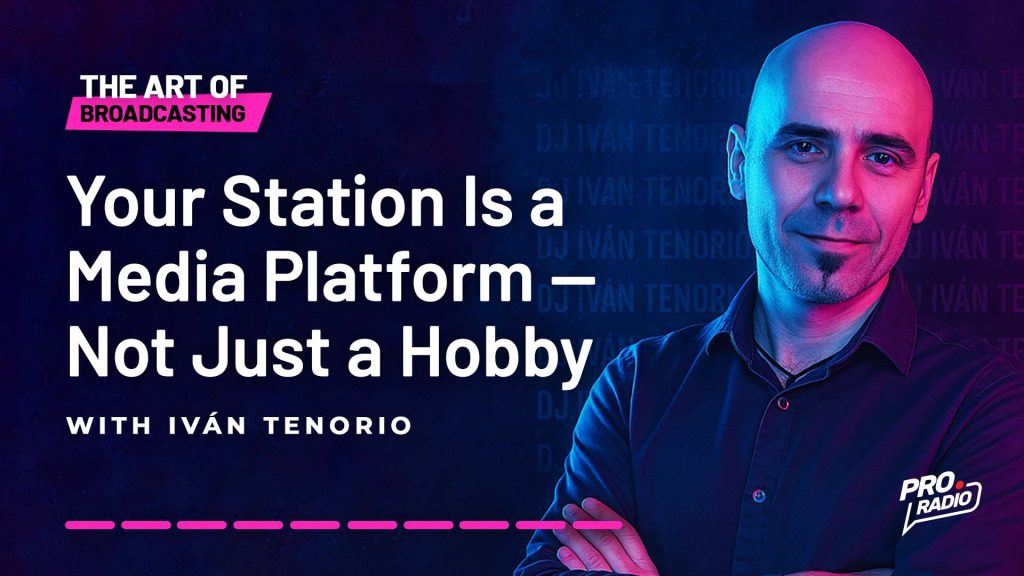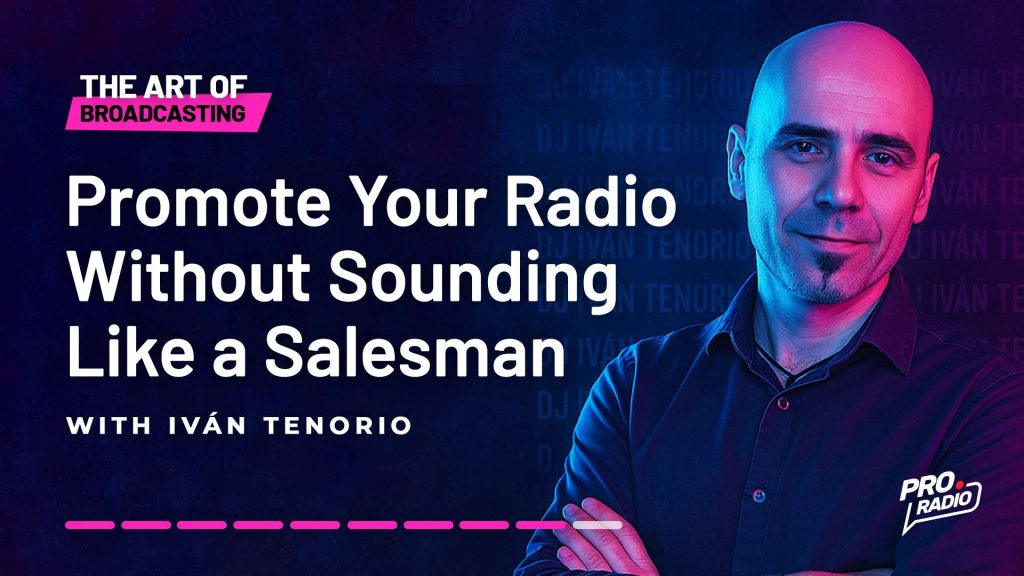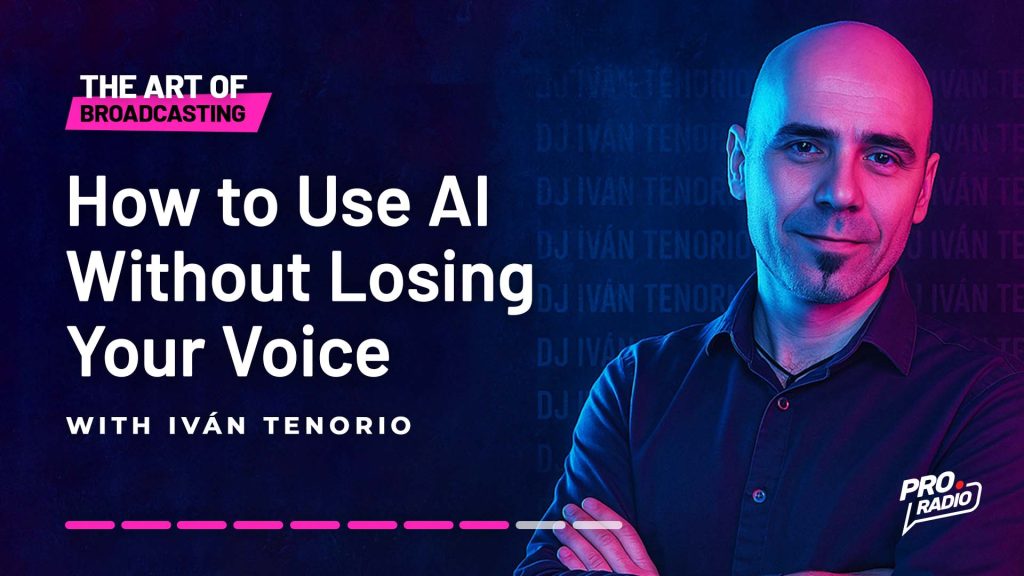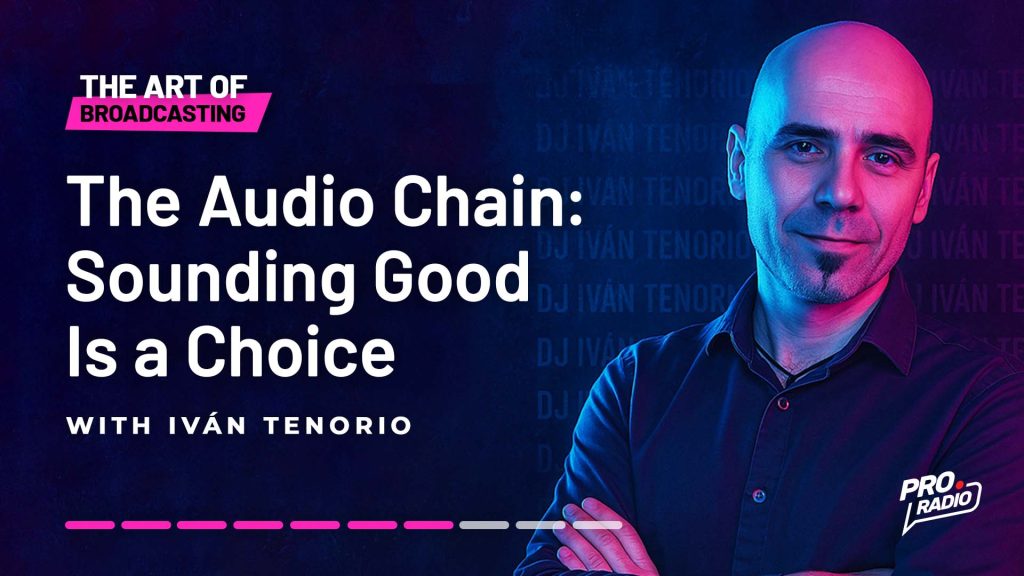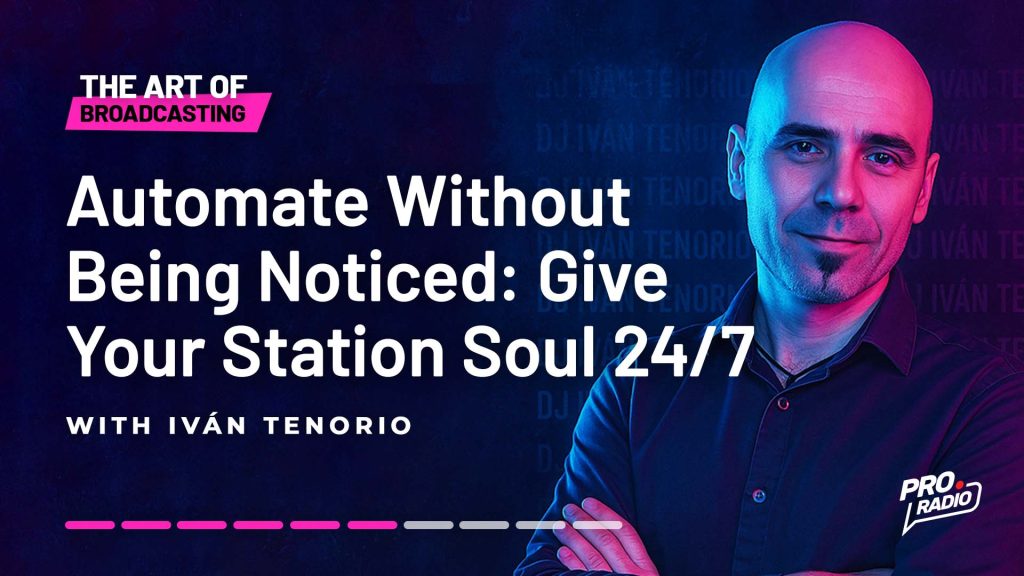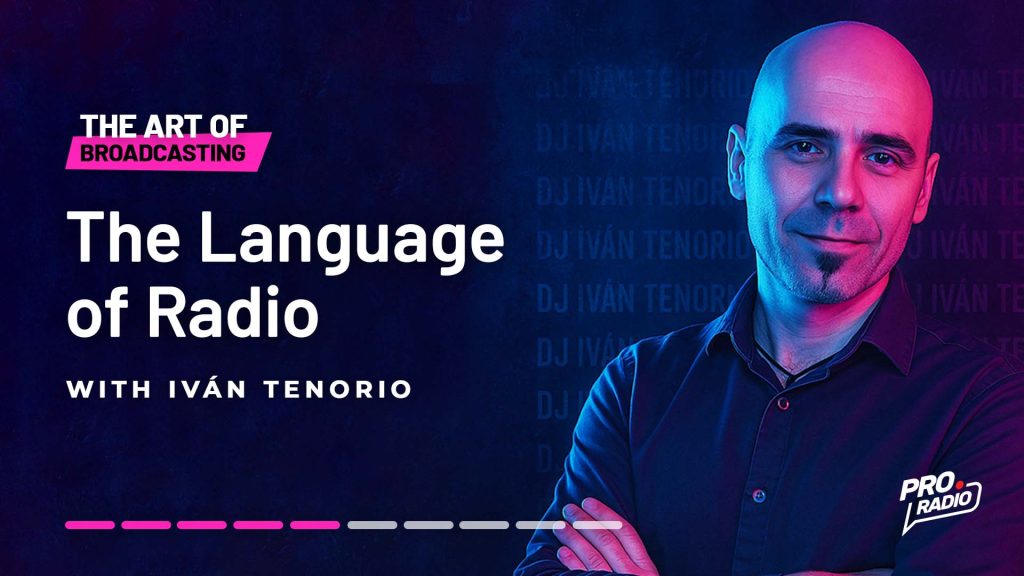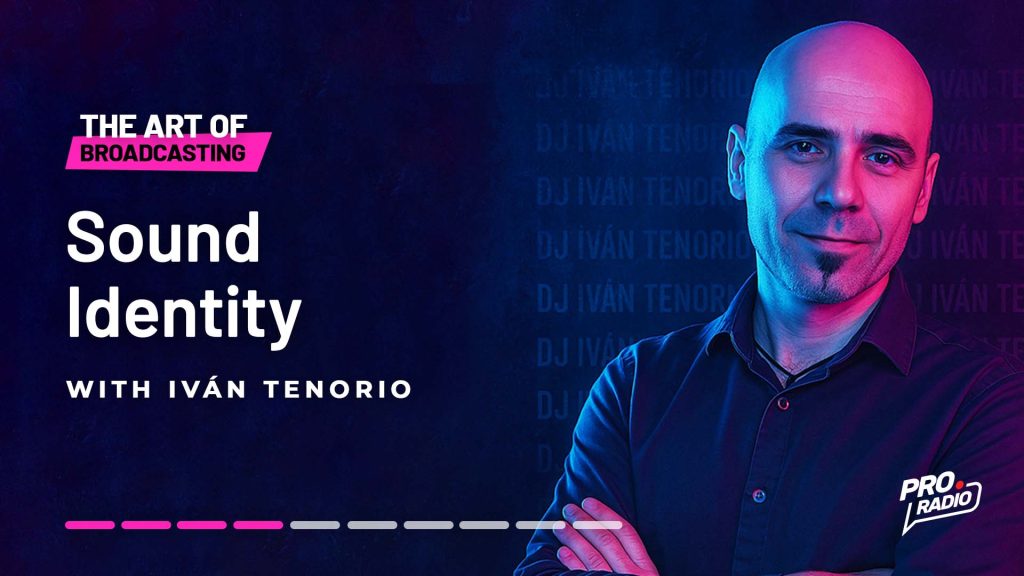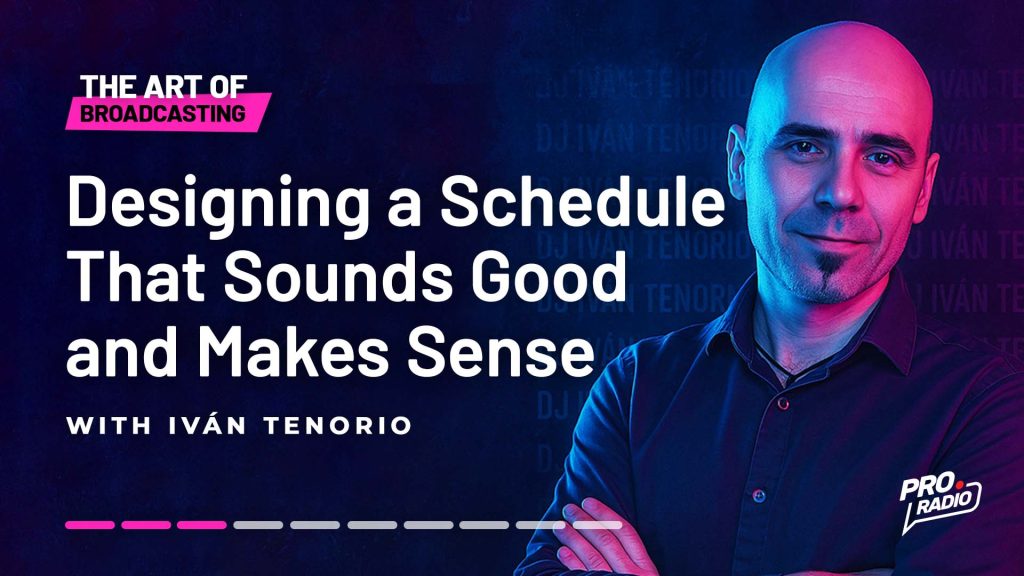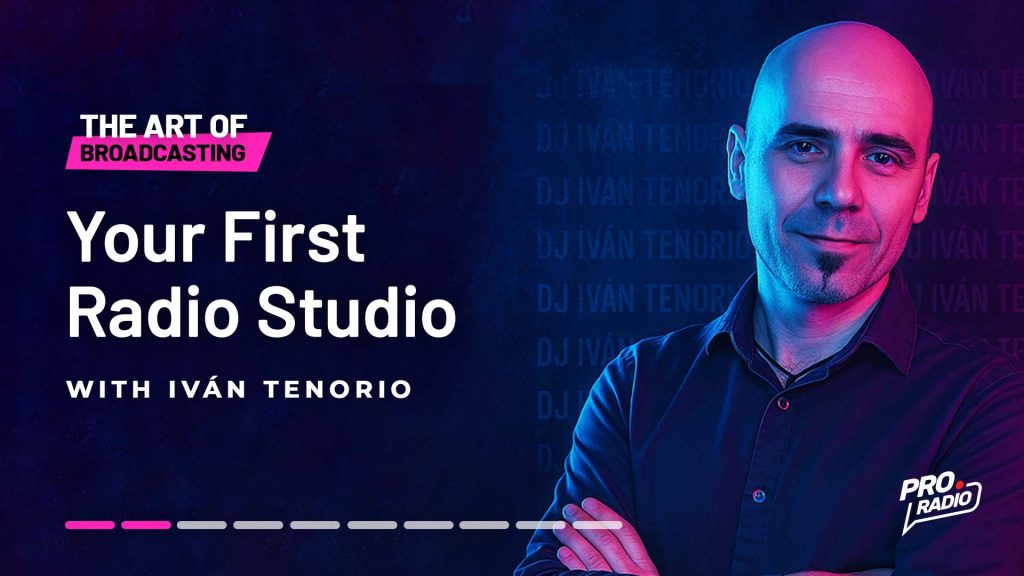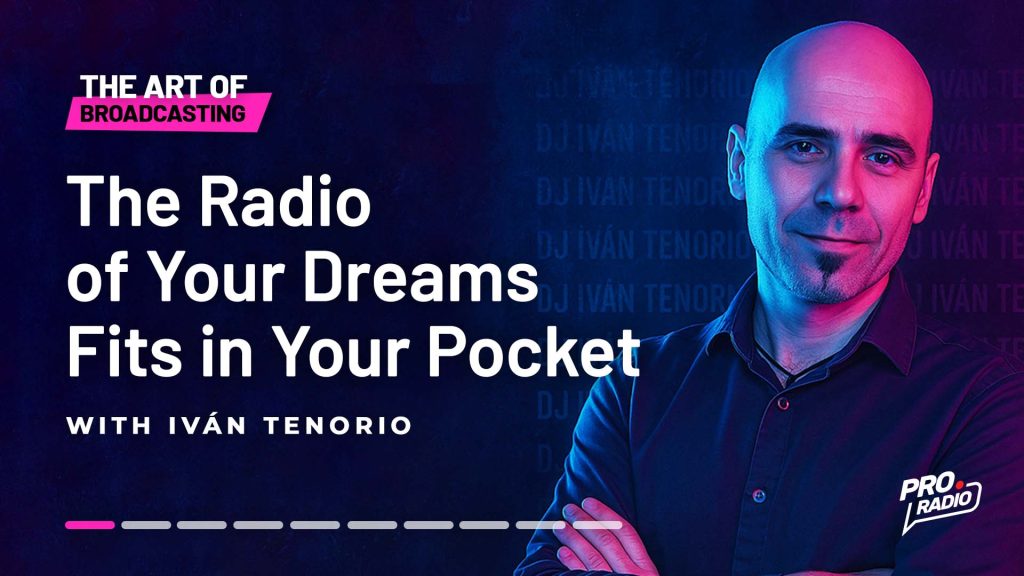Chapter 10 – Your Station Is a Media Platform—Not Just a Hobby
Intro sneak peek: [lwptoc] From Passion to Professionalism Without Losing the Spark There’s something beautiful about starting a radio station out of passion. That first time you record a jingle with more excitement than technique. Or when you build a schedule at 2 AM with a cup of coffee and a song that changed your day. That spark is what ignites it all. But if you want your station to grow, endure, and make an impact, passion alone isn’t enough. You have to turn that energy into structure. That enthusiasm into craft. And that hobby… into a true media platform. This chapter is a turning point. We’re not just talking about tools anymore. We’re talking about mindset. What Separates a Hobby From a Media Platform? A hobby seeks personal satisfaction. A media platform seeks purpose, an audience, and consistency. […]
